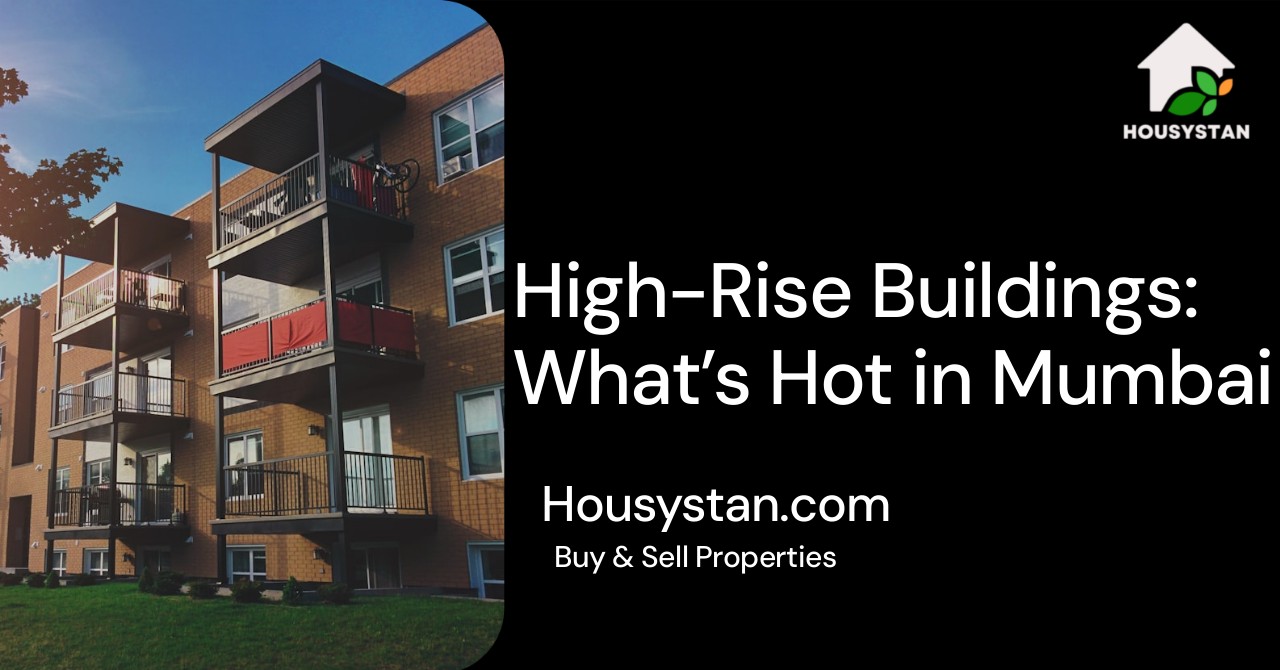High-Rise Buildings: What’s Hot in Mumbai
Read latest blogs and articles from Housystan

The Information mentioned here was last updated on:
31/12/2025High-rise buildings have become iconic features of Mumbai’s ever-evolving skyline. As the financial capital of India, Mumbai boasts a remarkable blend of cutting-edge architecture and luxury living. Over the past decade, the demand for vertical development has surged, making high-rise towers a popular choice for both homebuyers and real estate investors. The city’s limited land availability, coupled with a growing population, has fueled the rise of modern skyscrapers, transforming neighborhoods across South Mumbai, Bandra, Andheri, Powai, and beyond.
Today, Mumbai’s high-rise buildings represent more than just tall structures; they stand as symbols of modernity, innovation, and exclusivity. Premium residential towers are equipped with world-class amenities, such as infinity pools, state-of-the-art gyms, sky lounges, landscaped gardens, and advanced security systems. Many of these skyscrapers offer breathtaking panoramic views of the Arabian Sea, the Bandra-Worli Sea Link, and the city’s dazzling lights, providing residents with a truly luxurious lifestyle.
Sustainability is also a key trend in Mumbai’s latest high-rise developments. Green building certifications, energy-efficient designs, rainwater harvesting, and eco-friendly construction materials are now integral features. Developers are focusing on reducing the carbon footprint while ensuring maximum comfort for occupants. This shift towards responsible development not only benefits the environment but also attracts a new generation of mindful homebuyers.
- Verified Tenants/Buyers
- Unlimited Property Listing
- Zero subscription/charges fee
Connectivity and convenience are major factors driving the popularity of high-rise buildings in Mumbai. Proximity to business districts, metro stations, international schools, healthcare centers, and vibrant shopping hubs makes these towers highly desirable. Residents enjoy seamless access to essential services, entertainment, and transportation, making city living hassle-free and enjoyable.
Whether you’re seeking a sophisticated penthouse in Lower Parel, an exclusive sea-facing apartment in Worli, or a modern home in Powai, Mumbai’s high-rise buildings cater to varied preferences and lifestyles. The city continues to set new benchmarks in vertical living, making it a global destination for luxury real estate. Explore what’s hot in Mumbai’s high-rise scene and discover an unmatched urban experience in India’s most dynamic metropolis.